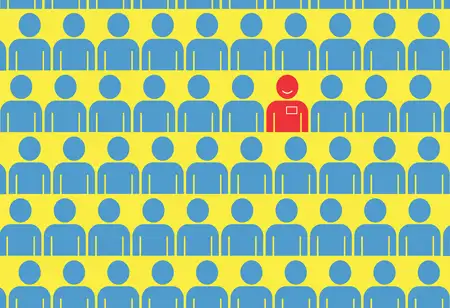THANK YOU FOR SUBSCRIBING
Be first to read the latest tech news, Industry Leader's Insights, and CIO interviews of medium and large enterprises exclusively from Hrtech Outlook
THANK YOU FOR SUBSCRIBING

By
HR Tech Outlook | Thursday, August 10, 2023
Stay ahead of the industry with exclusive feature stories on the top companies, expert insights and the latest news delivered straight to your inbox. Subscribe today.
In the labyrinthine realm of HR operations, benefits administration assumes a pivotal role, warranting seamless digitization. Unfortunately, the persistence of antiquated systems not only obstructs efficiency but also casts a pall of operational obfuscation.
FREMONT, CA: In the ever-evolving landscape of modern industries, the imprint of technology is indelible. Human resources, a pivotal facet of organizational dynamics, stands no exception to this technological transformation. According to the PwC HR Tech Survey 2022, the integration of cloud-based human capital management technology has become a norm, streamlining core HR functions like benefits administration and payroll management. Amid this paradigm shift, a digital chasm emerges. A considerable number of businesses, particularly those in the small-scale sector, are still tethered to archaic systems and methodologies, perpetuating inefficiencies and inhibiting progress. The Small Business Benefit Trends report serves as a testament to this notion, unveiling that many small HR teams continue to grapple with outdated processes that burgeon administrative burdens and resource depletion.
In the labyrinthine realm of HR operations, benefits administration assumes a pivotal role, warranting seamless digitization. Unfortunately, the persistence of antiquated systems not only obstructs efficiency but also casts a pall of operational obfuscation.
Evidences of Technological Stagnation: Navigating the Landscape
Unveiling the tapestry of obsolescence in employee benefits technology encompasses an array of discernible markers, painting a vivid picture of a technological lag:
The Quagmire of Bugs and Delays: A Red Flag for Upgrade
Technology is the cornerstone of expeditious operations. However, if the technological terrain is marred by sluggishness, glitches, and protracted initiation times, the clarion call for technological augmentation resonates. Laggard technology could be indicative of the need for novel software, upgraded hardware, or a swifter internet connection. In instances where resolute efforts to upgrade and troubleshoot fail to mend the disparities, embracing a new technological solution becomes imperative. Employee benefits technology, replete with diverse offerings, can cater to an organization's present and future requisites.
Lingering Manual Processes: The Scapegoat of Unwieldy Systems
The vestiges of manual processes echo an antiquated technological landscape. Organizations tethered to clunky, sluggish, or glitch-ridden software might find themselves ensnared in a paradox where technology becomes an impediment rather than a facilitator. Employing technology that remains unutilized, even if only due to certain features being neglected, bears no semblance of logic. HR operations, often encumbered by time-consuming manual processes, epitomize this quandary. The labyrinthine journey from sending open enrollment emails to entering each employee's information into the carrier system and then back into the employee's system underscores the inefficiencies. This labyrinth can be circumvented by an intuitive and streamlined software system, ready to execute these functions effortlessly. A shift to a user-centric version becomes a sine qua non if the prevailing system lacks user-friendliness or if employees forego the lion's share of its features.
Lagging Behind the Tech-Savvy Vanguard: Implications for Employee Experience
A chasm between archaic technology and contemporary expectations is the harbinger of an impending dilemma. As younger talent permeates the workforce, their affinity for self-service options, robust security frameworks, and streamlined processes becomes evident. Employee benefits stand as an arena where the mantle of self-service is expected to assuage concerns and cater to needs. Depriving this cohort of self-service avenues and coercing them to funnel their queries and requisitions through HR engenders discontent. Simultaneously, the burden on the HR team escalates. The onboarding phase, pivotal in acclimating new hires to the organization's ethos, is accentuated by the need to elucidate the benefits program. An expeditious, intuitive, and accessible onboarding process augments the employee experience, elucidating the commitment towards talent retention.



